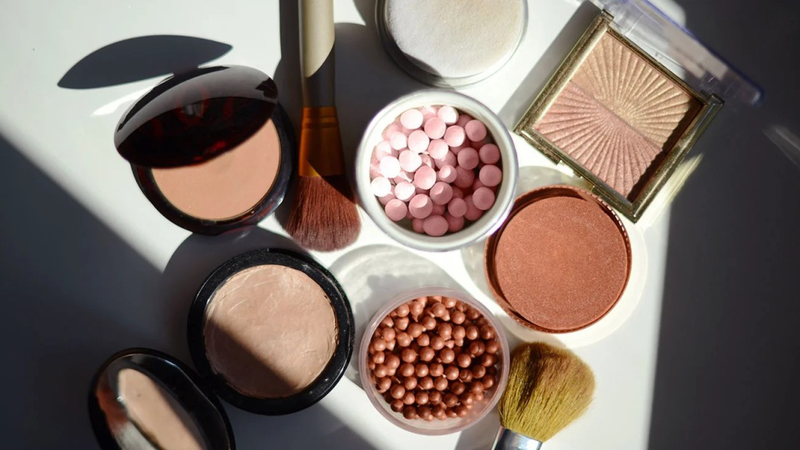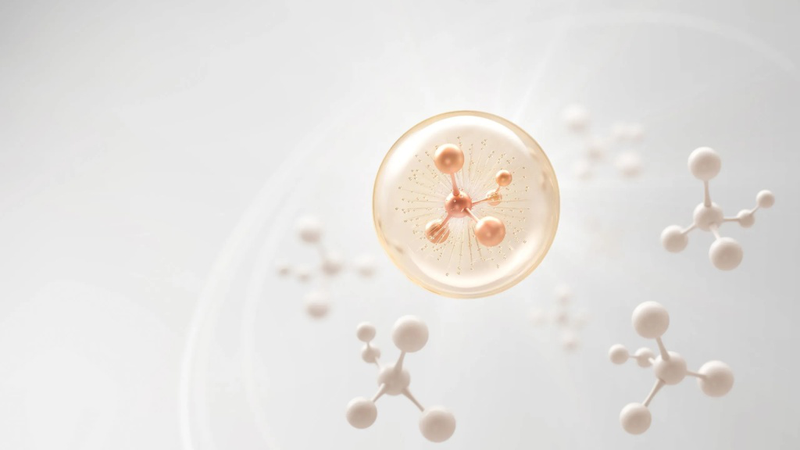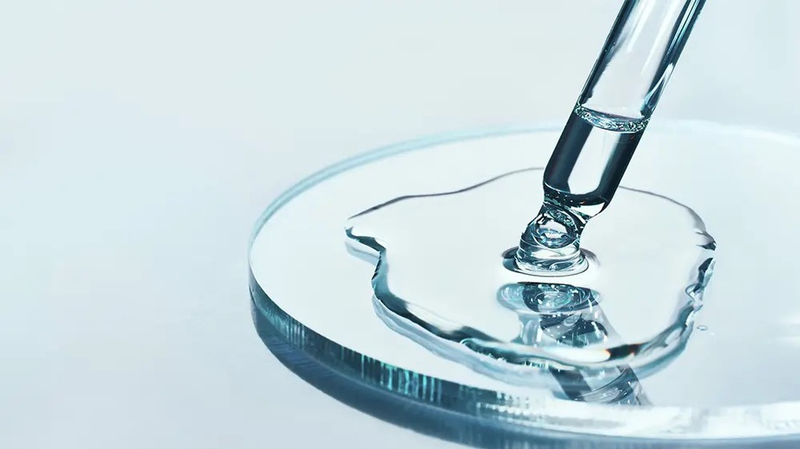Banned substances used in cosmetics pose many potential risks to the health of consumers. The article below will summarize the banned substances used in cosmetics that you should know, let’s explore right away!
The safety of a cosmetic product is often assessed based on the ingredients inside that product. Knowing the banned substances used in cosmetics and knowing how to check will help you easily choose the right product that is safe for your skin. Let’s learn about the banned and restricted ingredients in cosmetics in the article below!
Banned substances used in cosmetics: Paraben
Paraben is a chemical compound commonly found in many cosmetics such as foundation, moisturizer, … However, not everyone understands this ingredient clearly. Paraben is used to extend the shelf life of cosmetics.

Frequent exposure to Parabens may increase the risk of breast cancer
Some forms of Paraben are on the list of banned substances in cosmetics such as Propylparaben, Butylparaben, Isopropylparaben and Isobutylparaben. According to experts, frequent exposure to Paraben can increase the risk of breast cancer. However, the level of harm caused by Paraben depends on the skin type, dosage and type of Paraben used by the user.
Methylene Chloride
Methylene Chloride is a substance that can cause cancer in animals and has the potential to negatively affect human health. This ingredient is derived from animals and is one of the banned substances in cosmetics. Beauty products are not allowed to use or contain ingredients from animals on the banned list.
Mercury compounds
Mercury compounds can penetrate the skin very quickly when applied and often accumulate in the body, difficult to eliminate even after a long time. When mercury reaches a certain concentration, it can cause allergies, skin irritation or neurotoxicity. In addition, mercury is also a metal and is only allowed to be used when there is no other preservative that is more effective and safe.
Petrolatum and Paraffinum Liquidum
Petrolatum and Paraffinum Liquidum are two types of mineral oils derived from petroleum, which act as a moisture lock on the skin and hair. However, these substances can be harmful to the skin if used for a long time, leading to problems such as allergies, infertility, and even cancer. These substances often appear in cheap skin care products such as moisturizers and lip balms.
Banned substances in cosmetics: Triethanolamine
Triethanolamine is a colorless or pale yellow chemical, often with a slight ammonia smell. In fact, Triethanolamine is created from Ethylene Oxide and Ammonia, with the purpose of adjusting the pH in cosmetic products such as moisturizers, eye shadow, foundation,…

Cosmetics containing Triethanolamine over a long period of time can be harmful to the skin and respiratory system.
According to dermatologists, long-term use of cosmetics containing Triethanolamine can be harmful to the skin and respiratory system. Therefore, if you are using products containing this ingredient, pay attention to cleaning your skin daily to minimize negative effects. The US FDA also recommends not using cosmetics containing Triethanolamine with a content of more than 5% to ensure safety.
Propylene Glycol and Butylene Glycol
Propylene Glycol is a chemical that helps maintain skin moisture and is often found in liquid skin care products such as moisturizers or foundations. However, many experts recommend that Propylene Glycol should be on the list of banned substances used in cosmetics because of its ability to cause irritation, dry skin and accelerate skin aging.
Butylene Glycol is a moisturizer and preservative commonly found in products such as concealers and sunscreens. However, Butylene Glycol can cause side effects such as hives, dermatitis, drowsiness, depression, etc. if used for a long time and regularly. Therefore, women need to be careful when buying products containing this ingredient.
Note: Propylene Glycol and Butylene Glycol are not completely banned, but can cause irritation in some people. It is important to consider the concentration and usage.
Phenoxyethanol
Phenoxyethanol can cause skin and eye irritation, and also mildly affect the brain and central nervous system. In particular, pharmaceutical experts recommend that breastfeeding women and infants should not use cosmetics containing this substance. Phenoxyethanol has the ability to fight bacteria and mold, helping to prolong the shelf life of cosmetics. However, to protect health and skin safety, consumers should avoid products containing this ingredient.
Silicone
Silicone is a chemical commonly found in products such as primers, foundations, concealers, and makeup. The main function of silicone is to cover pores, smooth the skin, and hide skin imperfections. However, if used regularly, this substance can clog pores, increase sebum production, leading to irritation and acne. Continuous exposure to large amounts of silicone can also increase the risk of cancer.

Regular use of products containing silicone may increase the risk of cancer
Alcohol
Alcohol is a common ingredient in many products such as acne cosmetics and facial cleansers. Some types of alcohol such as methanol and benzyl are often found in cosmetics. Although alcohol has a cleansing and antibacterial effect, it can also cause dry skin, irritation or even dermatitis. Therefore, users should limit the use of products containing a lot of alcohol to protect the skin.
Note: Not all alcohol is bad; some types of alcohol can be used safely in some products, as long as the dosage is controlled.
The above are banned substances used in cosmetics that users need to know to protect their health and the health of those around them. It is important to choose products from reputable manufacturers to ensure safety when beautifying!





